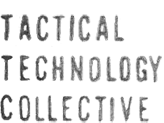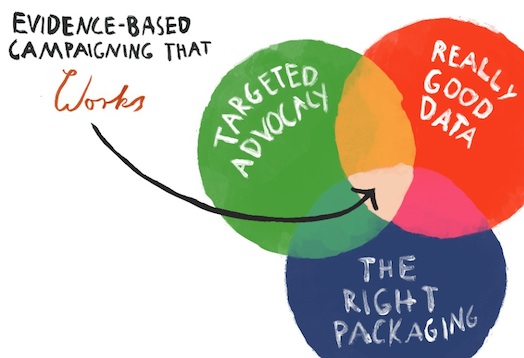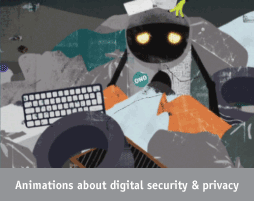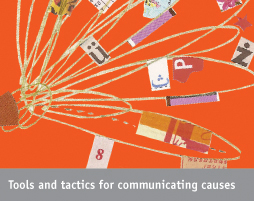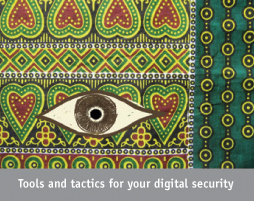2012: Visualisation Book
Where is your evidence? This difficult question rests beneath the work of all human rights, environmental and social justice advocates around the world, whatever their issue.
From interviews with survivors of war crimes to soil samples from polluted rivers and traces of corruption revealed from leaked government communications, a staggering amount of data and information is drawn into advocacy and used as evidence. To cut through the complexity and communicate effectively, advocates, and artists and hackers are combining evidence and the visual arts in intriguing new ways.
The visualisation of evidence has an illustrious history. Starting from (slavery) abolition movements in Europe, political and social justice movements, citizen action - even propaganda - have relied heavily on the persuasive potential of images to shape particular ideas. Where an image comes from and how it gets distributed determines the kind of impact it will have on society: graphic novelists, cartoonists governments, campaigners, artists and others convey and use satire, parody, fear, humour, emotional participation, critique through visuals to create impact. Today we have an incredible ability to share digital images, however printed posters, photographs, televised footage, film and video are still widely used worldwide.
This is an area that we've been increasingly excited by and we have spent the last few years building the capacities of activists and organisations through resources,workshops and trainings in evidence based campaigning and visualisation techniques. We have also produced our own creative and analytical work in this area through our consultancy, Tactical Studios.
From our experiences and learnings in this area, we began work on a book which explors this moment in activism where advocates are changing the way people see and interact with information on critical social, environmental and political issues.
This 'Visualisation Book' (we're not giving away the title just yet) engages with recent examples of infographics, animations, websites, public art, short films and online and offline art and design projects on a range of social themes and issues, and explores how these have been built on data. Written in a friendly and accessible style, the guide offers in-depth analysis of why data visualisations can have a significant impact in advocacy campaigns, and why and how memorable visualisations marry design with storytelling and the skillful use of evidence.
The Visualisation Book explores examples of visual advocacy campaigns, explaining the techniques utilised and providing advice on how you can experiment with them yourself. Filled with images, practical tips and rules of thumb for working with evidence and creating effective visualisations, it will help navigate this intriguing area of specialisation, and guidance in using these techniques.
This publication will be released in 2012.
We're currently crowdsourcing visuals - do you have an interesting visualisation which you think we should feature in the book? Read more.
Image credit: Leo Kappelkamm
